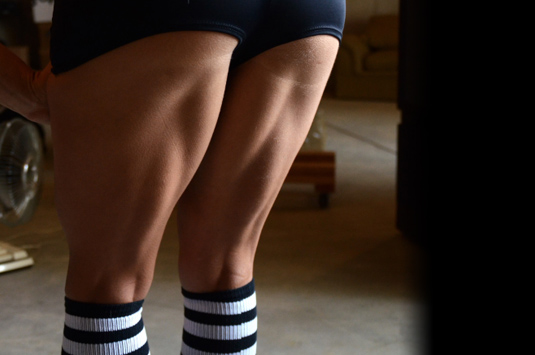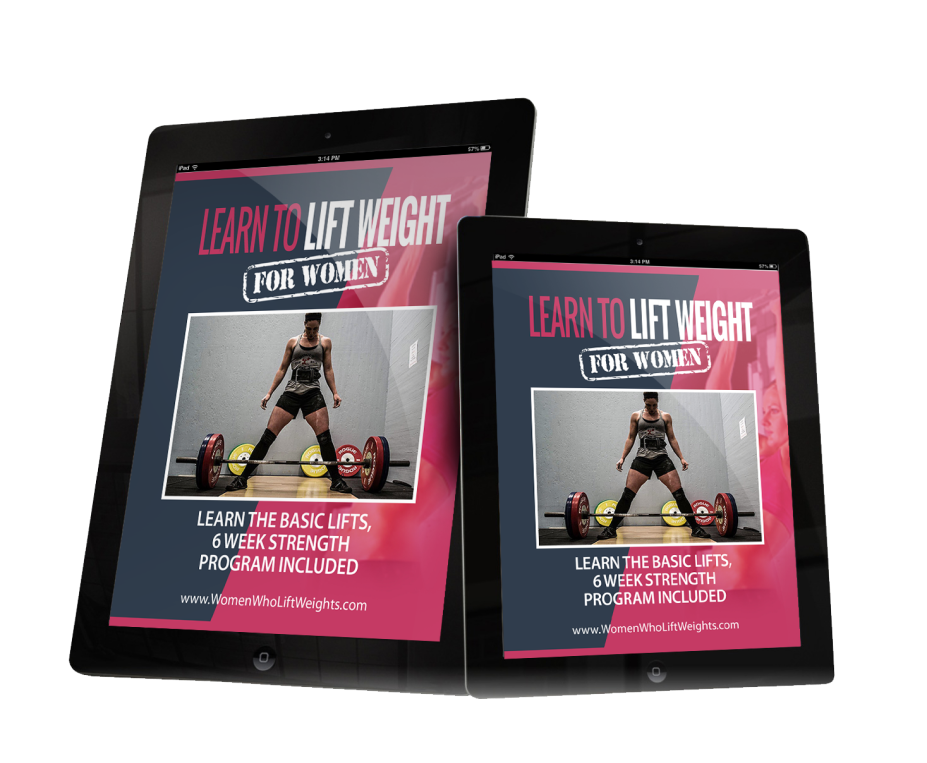6 Tips To Better Hamstrings
6 Tips to Better Hamstrings
Too many people only train the muscles they can see in the mirror.
Not training the posterior chain, and especially not training the hamstrings is a big mistake.
Even if you do train your hamstrings, I see too many people doing a few hamstring curls and calling it a day.
Big mistake.
It doesn’t matter if you’re a high-end athlete or a someone who simply wants to look amazing, training your hamstrings correctly is very important.
Here are 6 tips you can use to train your hamstrings better.
1. Do Lower Reps & Higher Volume Of Sets
The hamstring muscles are predominantly fast-twitch muscle fibers. This means they are built for speed and power. So doing higher rep sets of 15 + reps is pretty much a waste of your time. To hit your hamstrings properly, you should focus on a higher volume of sets like 8-10 and a lower volume of reps like 3-5.

Personally I find 10 sets of 5 reps to hit the hamstrings really nicely.
Be sure to allow adequate recovery to maintain high strength levels.
As well be sure to train your hamstrings in all rep ranges for best results
2. Do Both Knee Dominant & Hip Dominant Exercises
The hammies are involved in both knee flexion and hip extension. For knee flexion, you are looking at exercises like the seated hamstring curl and glute ham raise.
For hip extension you are looking at exercises such as stiff leg deadlifts and deadlifts.
It’s important you train the hamstrings with BOTH. Don’t be one of those people that does a few hamstring curls and calls it a day; be sure to train them both in knee flexion an hip extension.
This will translate better into both improved performance in sports and also in making your hamstrings look awesome.
1. They are knee flexors.
2. They’re also hip extensors.
3. Do Your Hamstring Work Before You Squat
This works really well for a few reasons:
- It warms up your hamstrings nicely which allows you for better stronger squats. Having a better squat is always a priority.
- Training your hamstrings first while fresh allows you to hit heavier loads for your hamstrings. Since these are fast-twitch muscle fibers, you want your training to be lower rep, heavy weight and explosive.
- Using your hamstrings first helps your knees and hips get ready for a good hard leg workout.
4. Focus On Slow Negatives & Explosive Concentrics
As mentioned above, your hamstring muscles are mostly fast-twitch muscle fibers, so you want them strong and explosive. A great way to improve this is by lowering your negatives and focusing on a fast explosive concentric and a brief pause.
Using tempo training for this works very well. For example, try training your hamstrings in a 5-1-X-1 tempo. This means 5 seconds of controlled lowering with a 1 second pause at the bottom. “X” concentric means as fast as possible, and 1 second pause/squeeze at the top.
5. Train Double-Leg & Single-Leg Variations
This is a big one that will help with many things related to strength and muscle building. Train single-leg and double-leg versions.
When training single leg movements here are a few things to consider:
- Train your weaker leg first. This can easily be assessed by doing a single leg hamstring curl with the same weight and seeing which leg gets fewer reps. (If your left leg gets 5 reps and your right leg gets 8 reps then you know the weaker side!) Do not panic if you see a big difference in strength ratios.
- Let your weak side catch up to your strong side. When doing single leg movements if you get only 5 reps with your left leg then only do 5 reps with your right leg. Over time this will fix any asymmetries in your muscles. This will help you get even stronger and prevent injuries.
- Train single-leg movements before your double-leg movements for a few weeks, then switch it up. Generally do this for 4-6 weeks then change the order and go double-leg first then single-leg movements.
6. Learn To Hip Hinge
By far the most important movement you can learn for power, strength, explosiveness, building muscle and injury prevention is the “Hip Hinge.”
By learning how to correctly hip hinge, I have come back from a terrible back injury and re-learned how to deadlift and squat heavy weights again. Learning the hip hinge has played a huge role in this improvement for me.
The hip hinge is any flexion or extension originating at the hips that involves a posterior weight shift. With the hip hinge, you maintain a neutral spine and bend at the hips, not the low back. This pattern relieves stress off of the lumbar spine and can prevent a whole host of injuries.
Example exercises that require a hip hinge are :
- Barbell deadlift
- Barbell good morning
- Barbell clean (power, hang, muscle, etc.)
- Barbell snatch (power, hang, muscle, etc.)
- Kettlebell snatch
- Kettlebell swing
With these 6 tips you have a ton of ammunition to attack your hamstrings and make them bigger, stronger and more powerful.
If you enjoyed this blog post please like & share.
Thanks.
Coach Rob
Would you like to have me as your online coach and answer your questions. Please take our WWLW Strength Survey here and you can get two weeks free.==> http://womenwholiftweights.com/Survey

Rob King is a Competitive PowerLifter, Coach and Writer.









